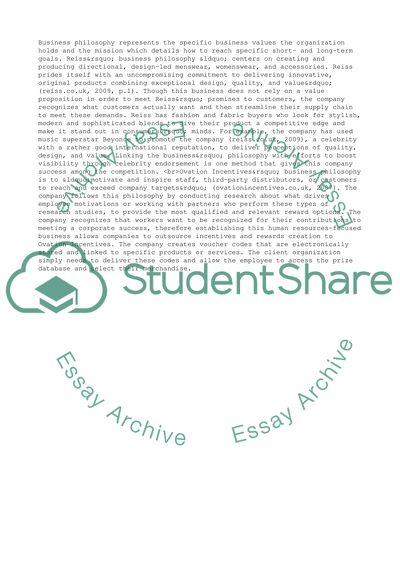Cite this document
(Reasons for the Success of Reiss Clothing and Ovation Incentives Case Study, n.d.)
Reasons for the Success of Reiss Clothing and Ovation Incentives Case Study. Retrieved from https://studentshare.org/business/1731045-reason-for-the-success-of
Reasons for the Success of Reiss Clothing and Ovation Incentives Case Study. Retrieved from https://studentshare.org/business/1731045-reason-for-the-success-of
(Reasons for the Success of Reiss Clothing and Ovation Incentives Case Study)
Reasons for the Success of Reiss Clothing and Ovation Incentives Case Study. https://studentshare.org/business/1731045-reason-for-the-success-of.
Reasons for the Success of Reiss Clothing and Ovation Incentives Case Study. https://studentshare.org/business/1731045-reason-for-the-success-of.
“Reasons for the Success of Reiss Clothing and Ovation Incentives Case Study”, n.d. https://studentshare.org/business/1731045-reason-for-the-success-of.


